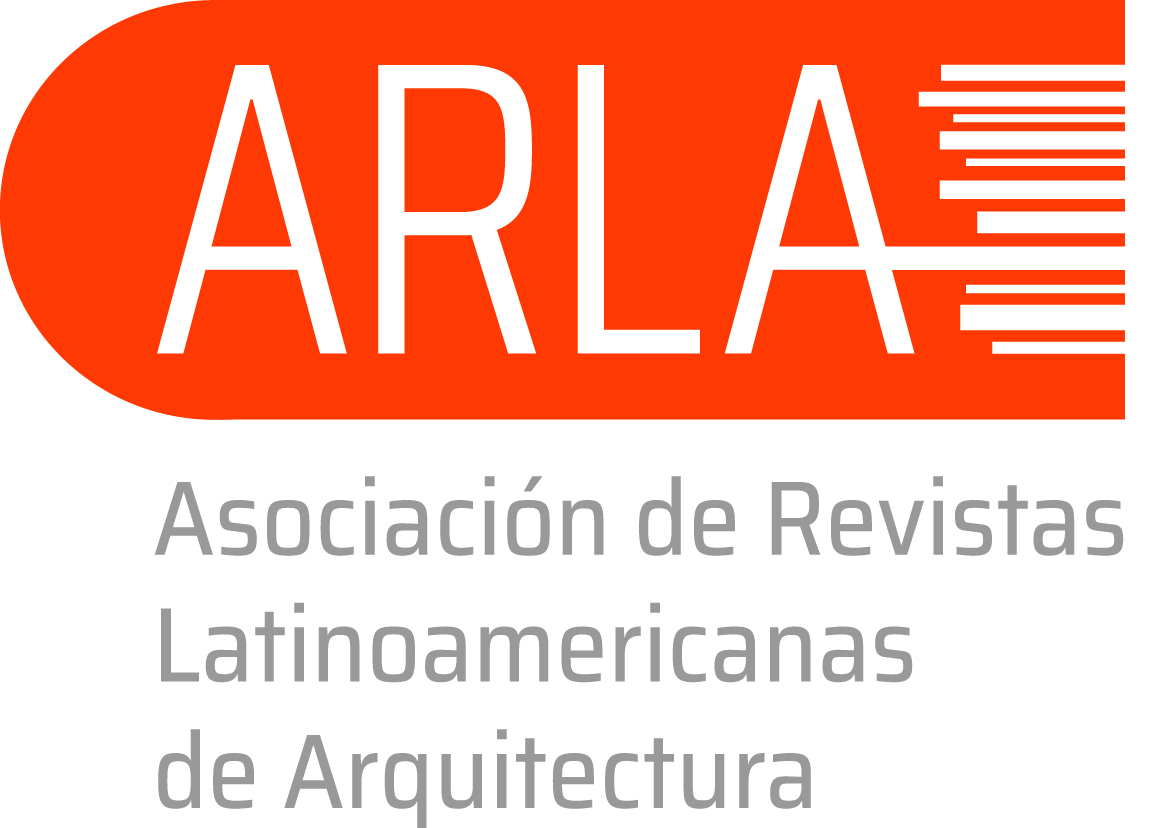Streets and Walls: Urban Form and the Fear of Walking in Bogotá
DOI:
https://doi.org/10.56294/la2025219Keywords:
Urban morphology, perception of insecurity, fear of moving, theft from personsAbstract
The article analyzes how urban morphology influences theft from persons in Bogotá, highlighting the relationship between physical space, citizen perception, and the phenomenon of fear of moving through the city. The study is based on the master’s thesis “Contagiando el miedo: Inseguridad urbana como patología producida en la ciudad de Bogotá” (2021) and continues through a documentary review of academic, institutional, and press sources. The results showed that theft is concentrated in persistent hot spots, where low visibility, fragmented pedestrian continuity, and the presence of floating populations facilitate criminal opportunities. It is also evidenced that theft is not exclusively the result of socioeconomic need but, in many cases, a professionalized activity based on rational choice, in which offenders select routes, times, and techniques. Likewise, it is observed that the perception of insecurity remains high even when incident reports decrease, and that fear of moving through certain spaces—characterized by poor lighting, blind facades, or deterioration—restricts mobility and the use of public space. In conclusion, the study confirms that insecurity in Bogotá results from the interaction of physical, social, and subjective dimensions, and emphasizes that the principles of Crime Prevention Through Environmental Design (CPTED) provide useful tools to reduce criminal opportunities and strengthen trust in public space.
References
1. Alcaldía Mayor de Bogotá. En el primer semestre de 2025 el hurto común en Bogotá se redujo un 16,5 % [Internet]. Bogotá: Alcaldía Mayor; 2025 [citado 2025 sep 27]. Disponible en: https://bogota.gov.co/mi-ciudad/seguridad/en-primer-semestre-de-2025-el-hurto-comun-en-bogota-se-redujo-un-165
2. Policía Nacional de Colombia. Estadística delictiva – Hurto a personas [Internet]. Bogotá: Policía Nacional; [citado 2025 sep 27]. Disponible en: https://www.policia.gov.co/estadistica-delictiva/hurto-personas-0
3. Céspedes EN. Criminología ambiental y homicidio en la ciudad de Bogotá. Rev Crim [Internet]. 2018 [citado 2025 sep 27];60(2):45-67. Disponible en: https://www.redalyc.org/journal/815/81554612005/html/
4. Secretaría Distrital de Seguridad, Convivencia y Justicia. Estadísticas y mapas [Internet]. Bogotá: SDSCJ; [citado 2025 sep 27]. Disponible en: https://scj.gov.co/cifras/estadisticas-mapas
5. Castro M. Contagiando el miedo: Inseguridad urbana como patología producida en la ciudad de Bogotá [Tesis de Maestría en Urbanismo]. Bogotá: Universidad Nacional de Colombia; 2021.
6. García López PJ. La metodología CPTED para reducir el delito. Rev Investig La Salle [Internet]. 2018 [citado 2025 sep 27];10(2):33-49. Disponible en: https://revistasinvestigacion.lasalle.mx/index.php/mclidi/article/download/1651/2038/11714
7. Rau Vargas M. Prevención de la violencia y el delito mediante el diseño ambiental en Latinoamérica. Rev INVI [Internet]. 2008 [citado 2025 sep 27];23(62):21-52. Disponible en: https://revistainvi.uchile.cl/index.php/INVI/article/view/62293/66340
8. Monguí PEG. Criminalidad, seguridad y percepción de inseguridad en Bogotá. Via Inveniendi Et Iudicandi [Internet]. 2023 [citado 2025 sep 27];20(1):157-81. Disponible en: https://revistas.usantotomas.edu.co/index.php/viei/article/download/9197/8177/24727
9. Cornish DB, Clarke RV. The Reasoning Criminal: Rational Choice Perspectives on Offending. New York: Springer-Verlag; 1986.
10. Vargas MR. CPTED de tercera generación: Nube de los sueños y metodologías participativas. Constructos Criminológicos [Internet]. 2021 [citado 2025 sep 27];1(1):9-22. Disponible en: https://constructoscriminologicos.uanl.mx/index.php/cc/article/view/4
11. Clarke RV. Situational Crime Prevention: Successful Case Studies. 2nd ed. Albany: Harrow and Heston; 1997.
12. Policía Nacional de Colombia. Informe sobre reincidencia delictiva en Bogotá. Bogotá: Policía Nacional; 2024.
13. Farrington DP, Welsh BC. Criminological theories of repeat offending. Crim Behav Ment Health. 2020;30(4):179-95.
14. ProBogotá. Informe Anual de Seguridad en Bogotá 2023 [Internet]. Bogotá: ProBogotá; 2024 [citado 2025 sep 27]. Disponible en: https://www.probogota.org/wp-content/uploads/2024/05/Informe-Anual-de-Seguridad-2023.pdf
15. Cámara de Comercio de Bogotá. Encuesta de Percepción y Victimización de Bogotá 2024 [Internet]. Bogotá: CCB; 2025 [citado 2025 sep 27]. Disponible en: https://www.ccb.org.co/observatorio
16. Jeffery CR. Crime Prevention Through Environmental Design. 2nd ed. Beverly Hills: Sage; 1977.
17. Cozens PM, Love T. A review and current status of Crime Prevention Through Environmental Design (CPTED). J Plan Lit. 2015;30(4):393-412.
18. Armitage R, Monchuk L. What is CPTED? Reconnecting theory with application in the words of users and abusers. Policing. 2019;13(3):312-30.
19. DANE. Encuesta de Convivencia y Seguridad Ciudadana (ECSC) [Internet]. Bogotá: DANE; [citado 2025 sep 27]. Disponible en: https://www.dane.gov.co/index.php/estadisticas-por-tema/seguridad-y-defensa/encuesta-de-convivencia-y-seguridad-ciudadana-ecsc
20. Dammert L, Malone MF. Fear of crime in Latin America: The role of social and institutional factors. Rev Panam Salud Publica. 2020;44:e80.
21. Carrión F, Núñez J. El miedo y la ciudad: prácticas de inseguridad en América Latina. Quito: FLACSO; 2019.
22. Núñez F, Calderón J. Temor difuso y percepción de inseguridad en el espacio público urbano. EURE. 2022;48(143):117-36.
23. Vilalta C. Spatial concentration of crime in Mexico City. Appl Geogr. 2019;104:10-20.
24. León J, Muggah R. Urban security in Lima: Insecurity and the public realm. Stability Int J Secur Dev. 2021;10(1):1-15.
Downloads
Published
Issue
Section
License
Copyright (c) 2025 Michelle Y. Castro Quevedo (Author)

This work is licensed under a Creative Commons Attribution 4.0 International License.
The article is distributed under the Creative Commons Attribution 4.0 License. Unless otherwise stated, associated published material is distributed under the same licence.






